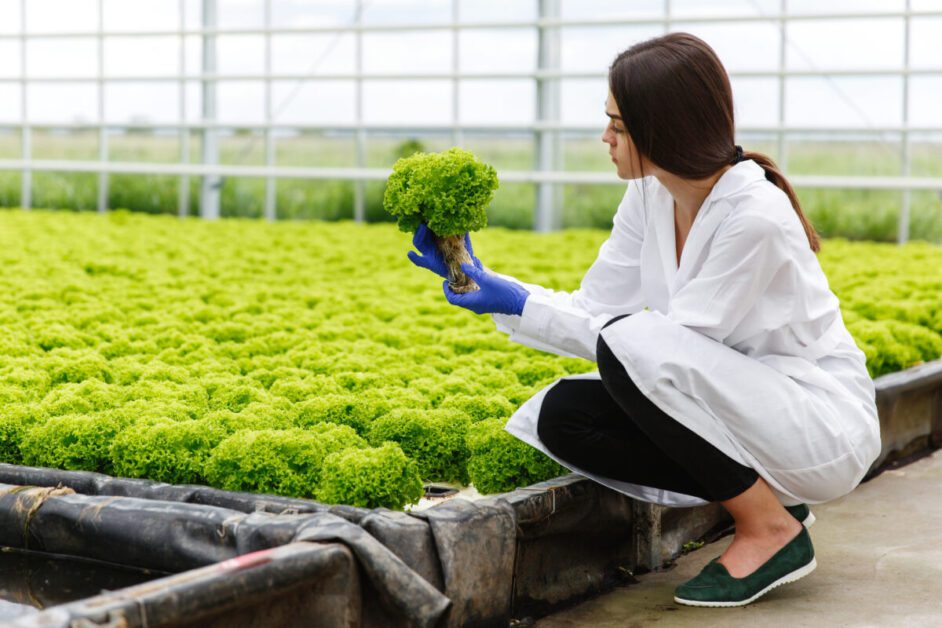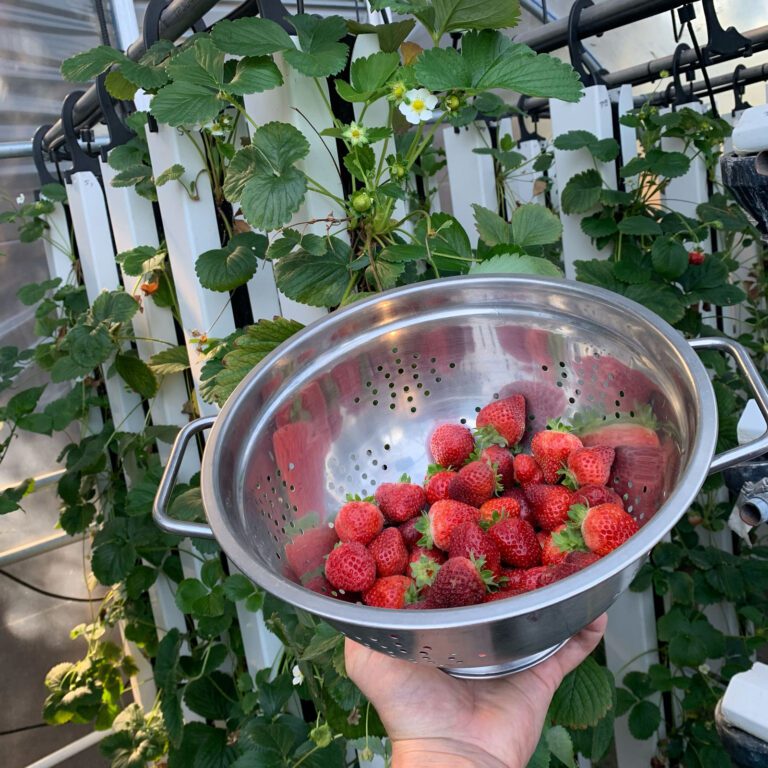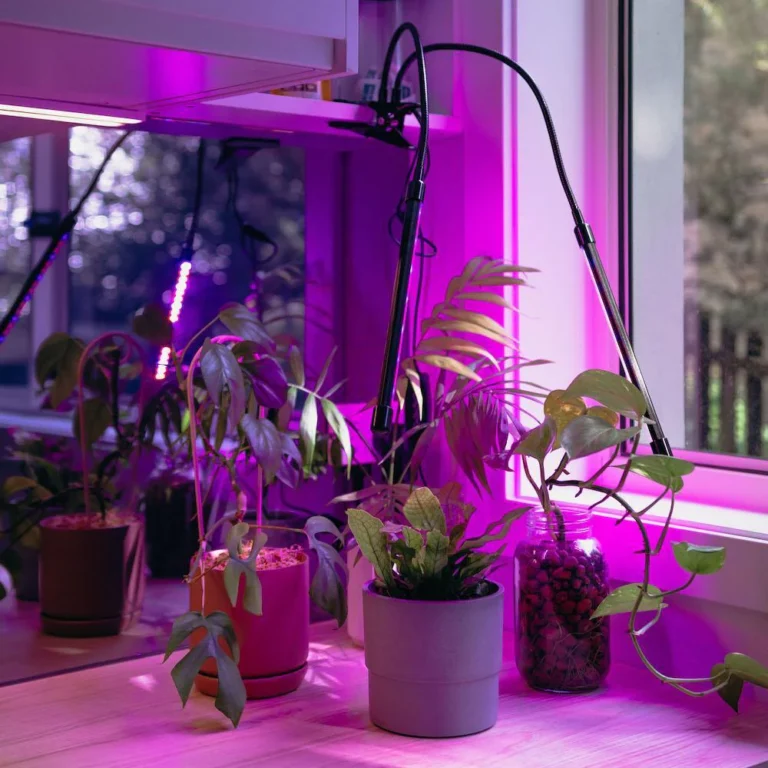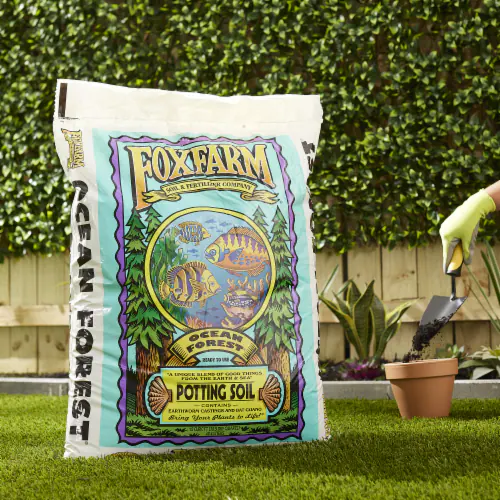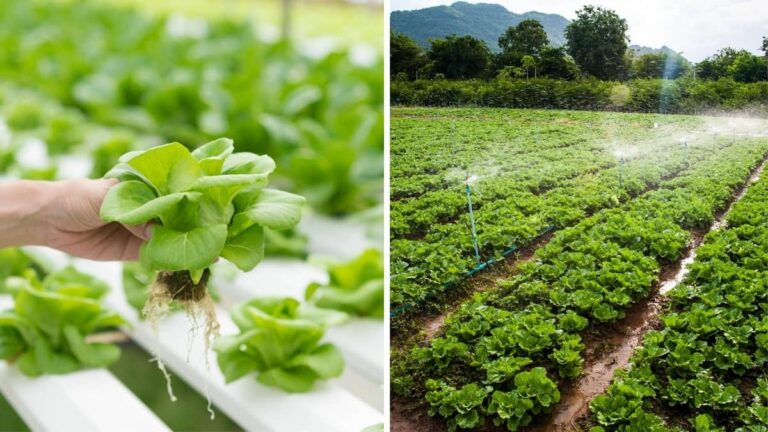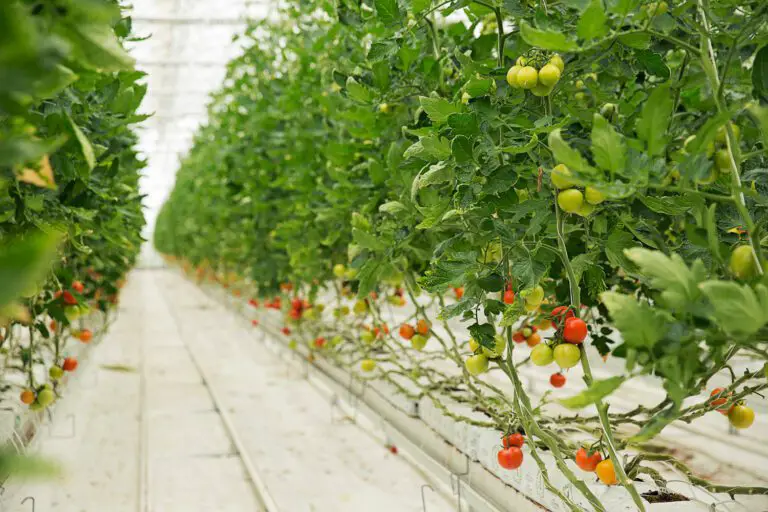How Deep Water Culture Hydroponic System Works and How to Set It Up
Table of Contents
Preventing and Managing Common Issues in Deep Water Culture Hydroponics
Deep Water Culture (DWC) hydroponics is an increasingly popular method of growing plants that offers numerous benefits, including faster growth rates, increased yields, and efficient use of water and nutrients. However, like any gardening technique, it is not without its challenges. In this section, we will discuss some common issues that hydroponic enthusiasts may encounter in their DWC systems, as well as provide effective strategies for preventing and managing these issues.
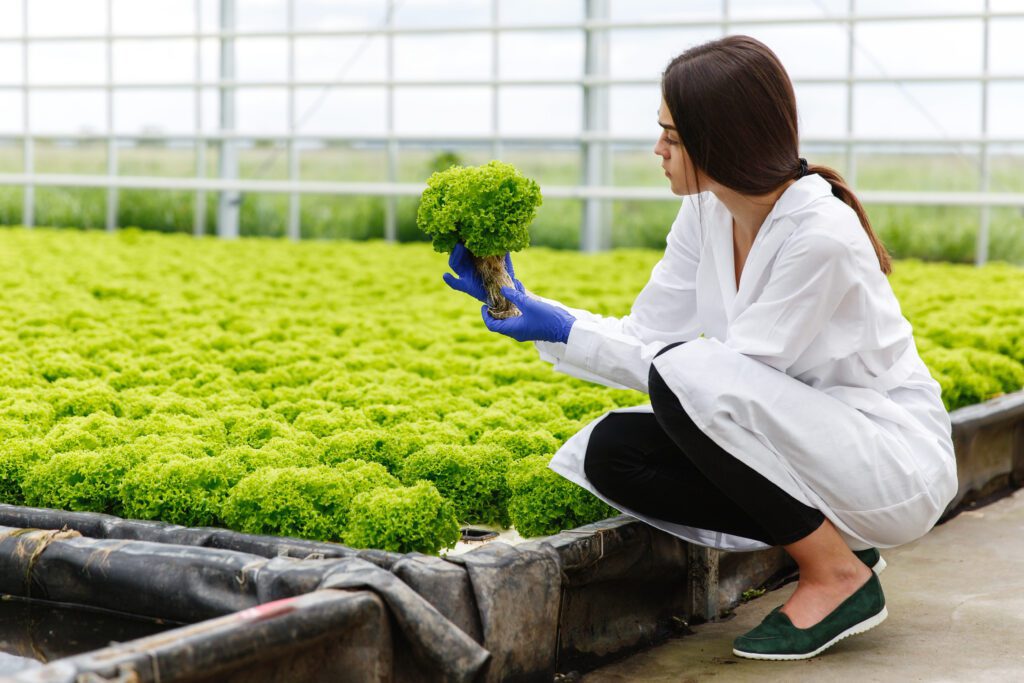
One of the most common problems in a DWC system is the occurrence of root rot. Root rot is caused by a buildup of harmful bacteria and fungi in the nutrient solution, which can eventually lead to the decay of the plant’s roots. To prevent root rot, it is crucial to maintain proper oxygen levels in the nutrient solution. This can be achieved by using air stones or air pumps to ensure a continuous supply of oxygen to the roots. Additionally, regularly inspecting the roots for any signs of rot or discoloration and promptly removing any affected plants can help prevent the spread of the disease. Regularly disinfecting the system, using a hydrogen peroxide solution or other suitable disinfectant, is also recommended to keep harmful pathogens at bay.
Another issue that may arise in DWC hydroponics is nutrient imbalance. Adequate nutrient balance is essential for the healthy growth of plants, and any imbalance can lead to nutrient deficiencies or toxicities. Monitoring and adjusting the nutrient solution’s pH and electrical conductivity (EC) levels regularly is essential to ensure optimal nutrient uptake by the plants. It is recommended to keep the pH level between 5.5 and 6.5 for most plants and adjust it as needed using pH up or down solutions. Likewise, maintaining an appropriate EC level with the help of a quality nutrient solution and regular testing is crucial to avoid over or underfeeding the plants. By staying vigilant and addressing nutrient imbalances promptly, gardeners can ensure optimal plant growth and overall productivity in their DWC systems.
In the next section, we will delve into the art and science of harvesting and caring for plants in a Deep Water Culture hydroponic system. Stay tuned for expert tips and techniques to maximize the health, yield, and quality of your hydroponic crops.
• Root rot is a common issue in DWC systems caused by harmful bacteria and fungi in the nutrient solution.
• Maintaining proper oxygen levels through air stones or pumps can prevent root rot.
• Regularly inspecting roots for signs of rot or discoloration and removing affected plants helps prevent spread.
• Disinfecting the system with hydrogen peroxide or suitable disinfectant prevents pathogens.
• Nutrient imbalance can occur in DWC hydroponics, leading to deficiencies or toxicities.
• Monitoring and adjusting pH levels between 5.5 and 6.5 ensures optimal nutrient uptake.
• Adjust pH using pH up or down solutions as needed for different plants.
• Maintaining appropriate EC levels with quality nutrient solution and regular testing avoids over/underfeeding plants.
• Addressing nutrient imbalances promptly ensures optimal plant growth and productivity.
Harvesting and Caring for Plants in a Deep Water
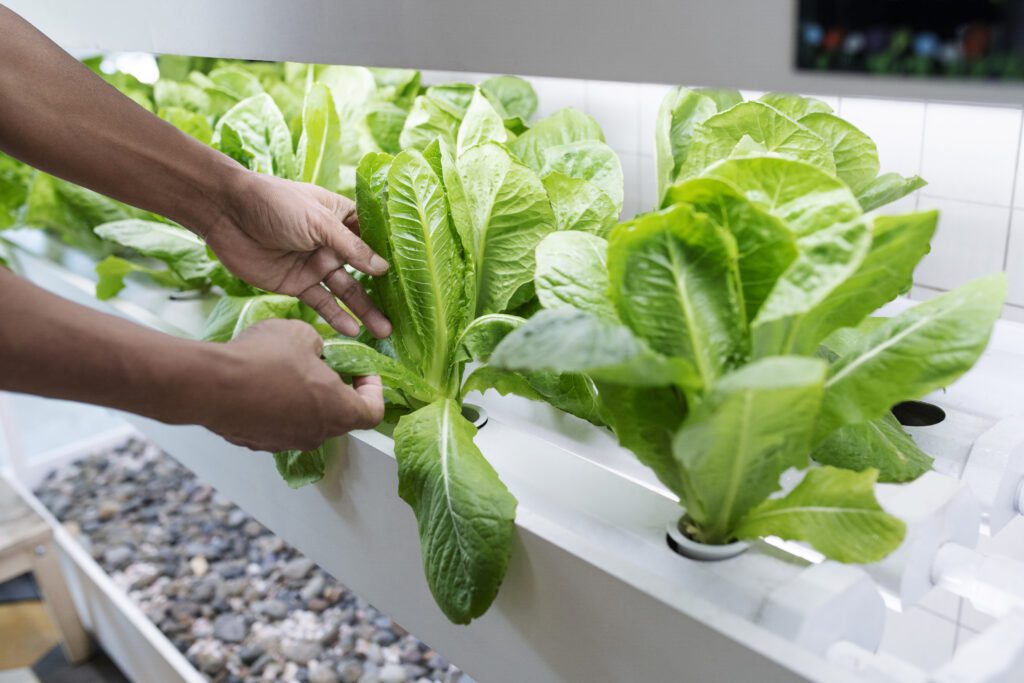
Harvesting and caring for plants in a deep water culture hydroponic system requires careful attention to detail and a proactive approach. As plants grow and develop in this unique environment, it is important to monitor their progress and make necessary adjustments to ensure optimal growth and health.
When it comes to harvesting, timing is key. Depending on the specific plant species and variety, the ideal time to harvest can vary. Generally, plants should be harvested when they have reached their peak level of maturity. This is typically indicated by factors such as the development of vibrant colors, firmness of fruits or vegetables, and desired taste or aroma. It is also important to harvest plants before they become over-mature, as this can lead to a decline in flavor and texture.
Caring for plants in a deep water culture system involves maintaining proper nutrient levels, pH balance, and oxygenation. Regularly monitoring these critical factors is essential to prevent nutrient deficiencies or imbalances, which can negatively impact plant health and productivity. It is also crucial to keep an eye out for any signs of pests or diseases, as even in a controlled environment, these issues can arise and affect plant growth. Regularly inspecting plants for pests or diseases and taking appropriate measures to address them promptly will help to prevent the spread of problems and maintain healthy plants.
| Signs of Pests or Diseases | Indicators | Action |
|---|---|---|
| Yellowing Leaves | – Presence of pests like aphids or spider mites. | – Inspect both sides of leaves for pests. |
| – Nutrient deficiencies or diseases. | – Treat pests with organic insecticides or neem oil. | |
| – Check for nutrient imbalances and adjust the solution. | – Adjust nutrient levels to address deficiencies. | |
| Wilting or Drooping | – Root rot due to excessive moisture or bacterial infections. | – Review water levels and adjust as needed. |
| – Aphids or other pests affecting root health. | – Trim affected roots and treat with appropriate solutions. | |
| Spots or Discoloration | – Fungal or bacterial infections. | – Isolate affected plants to prevent spreading. |
| – Pests like thrips or leafhoppers. | – Apply fungicides for fungal issues; use insecticides for pests. | |
| Stunted Growth | – Root damage caused by pests or diseases. | – Inspect roots for signs of damage and address the cause. |
| – Nutrient deficiencies impacting plant development. | – Adjust nutrient solution to meet plant requirements. | |
| Abnormal Growth Patterns | – Distorted leaves or abnormal shoots. | – Check for pests like leafhoppers or aphids. |
| – Viral infections affecting plant structure. | – Isolate affected plants and treat with appropriate measures. | |
| Visible Pests | – Spiders, aphids, mites, or other insects on leaves or stems. | – Use insecticidal soap or neem oil for organic control. |
| – Check undersides of leaves for pests hiding. | – Introduce beneficial insects for natural pest control. | |
| Unusual Odors | – Signs of bacterial or fungal infections. | – Isolate affected plants and treat with appropriate solutions. |
| – Presence of certain pests may emit odors. | – Identify and address the specific issue causing the smell. |
In order to further optimize plant health and growth, pruning and training techniques can be utilized. Pruning involves selectively removing certain parts of the plant, such as damaged or diseased leaves, in order to encourage healthy growth and prevent the spread of issues. Training, on the other hand, involves guiding the growth of the plant to desirable directions or shapes, such as trellising or staking for vine crops. These techniques can help to maximize light exposure and airflow, ultimately leading to stronger and more productive plants.
Caring for plants in a deep water culture hydroponic system requires a combination of knowledge, attention to detail, and proactive management. By understanding the specific needs of your plants, monitoring critical factors, and utilizing proper techniques, you can ensure the success of your hydroponic garden and enjoy a bountiful harvest.
• Harvesting should be done at the peak level of maturity, indicated by factors such as vibrant colors, firmness of fruits or vegetables, and desired taste or aroma.
• Avoid harvesting plants when they become over-mature to prevent a decline in flavor and texture.
• Maintaining proper nutrient levels, pH balance, and oxygenation is crucial for caring for plants in a deep water culture system.
• Regularly monitor these critical factors to prevent nutrient deficiencies or imbalances that can negatively impact plant health and productivity.
• Stay vigilant for signs of pests or diseases even in a controlled environment. Take appropriate measures promptly to address them and prevent their spread.
• Pruning involves selectively removing damaged or diseased leaves to encourage healthy growth and prevent the spread of issues.
• Training techniques like trellising or staking can optimize light exposure and airflow, leading to stronger and more productive plants.
How often should I check the nutrient solution in a deep water culture hydroponics system?
It is recommended to check the nutrient solution daily to ensure proper levels and make any necessary adjustments.
What are some common issues that can arise in a deep water culture hydroponics system?
Common issues include pH fluctuations, nutrient deficiencies or excesses, root rot, and algae growth.
| Common Issues in DWC Hydroponics | Symptoms | Resolution |
|---|---|---|
| Nutrient Deficiencies | – Yellowing or browning of leaves. | – Adjust nutrient solution to correct deficiencies. |
| – Stunted growth. | – Monitor and maintain proper nutrient levels consistently. | |
| – Distorted or abnormal leaf growth. | – Conduct regular water testing and adjust as necessary. | |
| pH Fluctuations | – Yellowing leaves or nutrient lockout. | – Regularly monitor pH levels and adjust as needed. |
| – Slow or stunted growth. | – Use pH buffers to stabilize and maintain optimal pH range. | |
| – Reduced nutrient absorption. | – Invest in a reliable pH monitoring kit for accuracy. | |
| Root Issues (Root Rot) | – Wilting or drooping plants. | – Review water levels and ensure proper oxygenation. |
| – Brown, slimy roots. | – Adjust water levels, consider using beneficial bacteria. | |
| – Foul odor from the root zone. | – Treat with hydrogen peroxide or beneficial microorganisms. | |
| Algae Growth | – Green film on the surface of the water. | – Block light from reaching the nutrient solution to deter algae. |
| – Obstructs nutrient absorption. | – Use opaque materials for reservoir or implement light-blocking measures. | |
| Pump or Aerator Failures | – Reduced oxygenation. | – Regularly inspect and clean air pumps and air stones. |
| – Wilting or yellowing leaves. | – Have a backup pump and replace malfunctioning equipment. | |
| Temperature Extremes | – Slow growth or nutrient uptake. | – Maintain optimal temperature range for plant species. |
| – Root stress and susceptibility to diseases. | – Implement cooling or heating solutions as needed. | |
| Contaminated Water | – Unusual discoloration or growth patterns. | – Regularly change and clean the nutrient solution. |
| – Foul or unpleasant odor from the reservoir. | – Sterilize equipment, and use clean water and nutrients. | |
| Equipment Malfunctions | – Uneven water distribution. | – Check tubing, fittings, and ensure proper setup. |
| – System leaks or overflows. | – Regularly inspect and maintain system components. | |
| Lighting Issues | – Leggy or stretched plant growth. | – Adjust lighting intensity and duration for plant requirements. |
| – Insufficient light for photosynthesis. | – Ensure the light source matches plant needs. |
Regular monitoring, preventive measures, and prompt action are essential to address these common issues and ensure the success of a deep water culture hydroponics system.
How can I prevent pH fluctuations in a deep water culture hydroponics system?
To prevent pH fluctuations, regularly monitor and adjust the pH levels of the nutrient solution using pH testing kits and appropriate pH adjusters.
How do I prevent nutrient deficiencies or excesses in a deep water culture hydroponics system?
Regularly monitor the nutrient levels and follow the recommended nutrient solution ratios for the specific plants being grown. Adjust the nutrient solution accordingly to prevent deficiencies or excesses.
How can I prevent root rot in a deep water culture hydroponics system?
To prevent root rot, ensure proper oxygenation of the nutrient solution by using air stones or diffusers. Regularly check the roots for signs of rot and remove any affected plants immediately.
What can I do to control algae growth in a deep water culture hydroponics system?
To control algae growth, keep the nutrient solution out of direct sunlight and maintain proper light levels in the growing area. Use light-blocking materials or consider implementing a light schedule to restrict the amount of light exposure to the nutrient solution.
When is the best time to harvest plants in a deep water culture hydroponics system?
The best time to harvest plants in a deep water culture hydroponics system is when they have reached their desired maturity or when the fruits/vegetables are fully developed and ready for consumption.
How should I care for plants after harvesting them in a deep water culture hydroponics system?
After harvesting, remove any remaining plant debris from the system and clean the containers and growing medium thoroughly. Refill the system with fresh nutrient solution and start the process again with new plants.
Can I reuse the nutrient solution after harvesting plants in a deep water culture hydroponics system?
It is generally not recommended to reuse the nutrient solution after harvesting plants, as it may have become imbalanced or contaminated. It is best to start with a fresh nutrient solution for each new crop.

